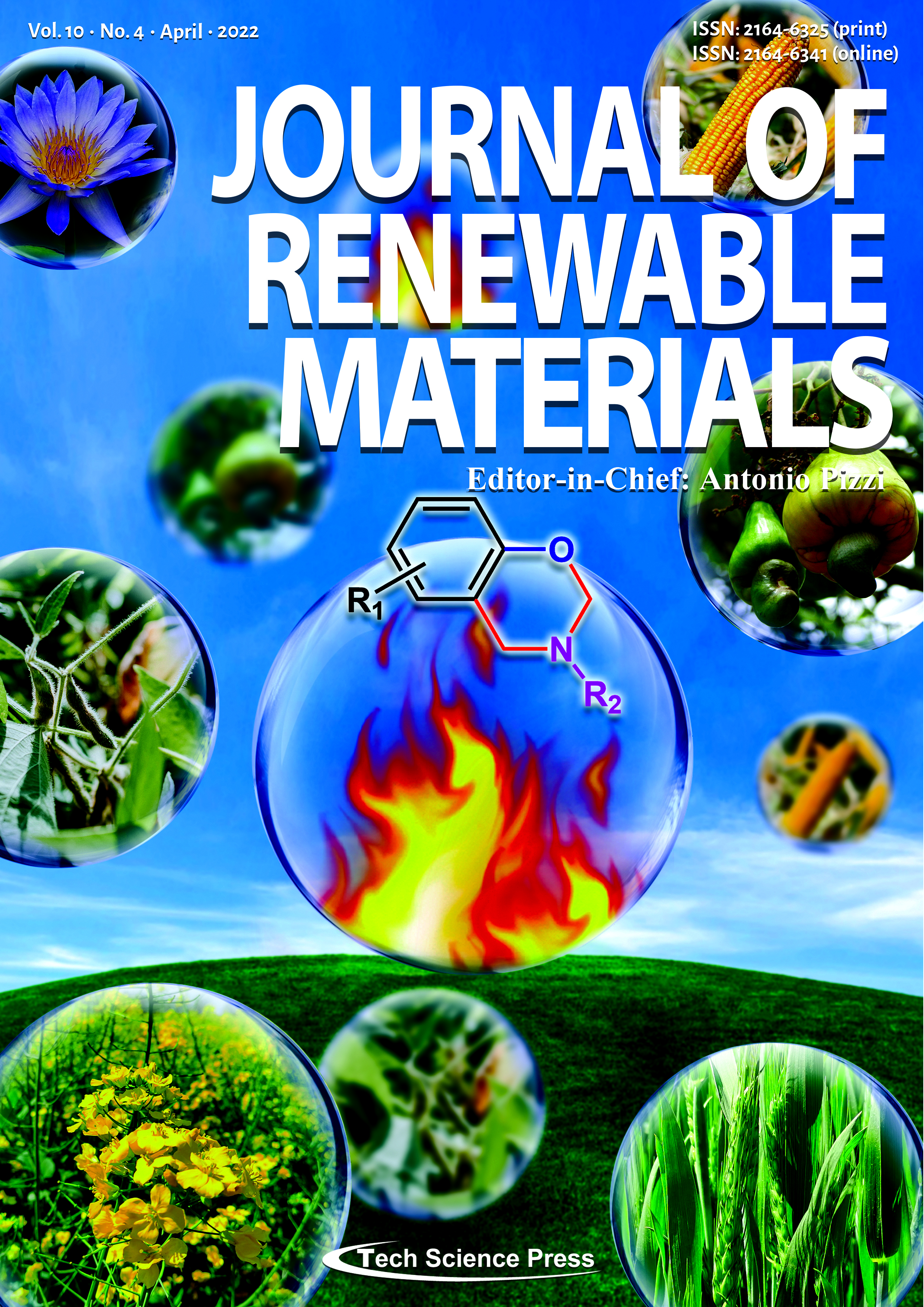
Nowadays, fabrication of high-performance benzoxazine thermosetting resins from bio-mass has spawn extensive interest owing to the increasing awareness of sustainable development. However, most bio-based benzoxazine thermosetting resins suffer from a certain flammability, which hampers their applications. This review provides the state of the current art of flame retardant bio-based benzoxazine resins derived from various bio-mass including diphenolic acid, vanillin, daidzein, cardanol, furfurylamine, etc.
View this paper